Introduction to coffee treatment: wet planing, peel solarization, honey treatment, what's the difference?
Professional coffee knowledge exchange more coffee bean information please follow the coffee workshop (Wechat official account cafe_style)
Coffee treatment refers to the process of turning coffee fruit into raw coffee beans (seeds).
Generally speaking, there are three ways to deal with it, which are:
Solarization method
Washing method
The treatment methods between sun exposure and water washing include semi-washing (wet planing), Brazilian peeling and tanning, and honey treatment.
Solarization method: selection of beans → drying → shelling → screening and classification.
Washing method: selecting → to remove pulp → fermenting → washing → drying → shelling → selection and classification.
"wet planing method"
Wet planing is very common in Indonesia, which is different from the general washing and tanning methods.
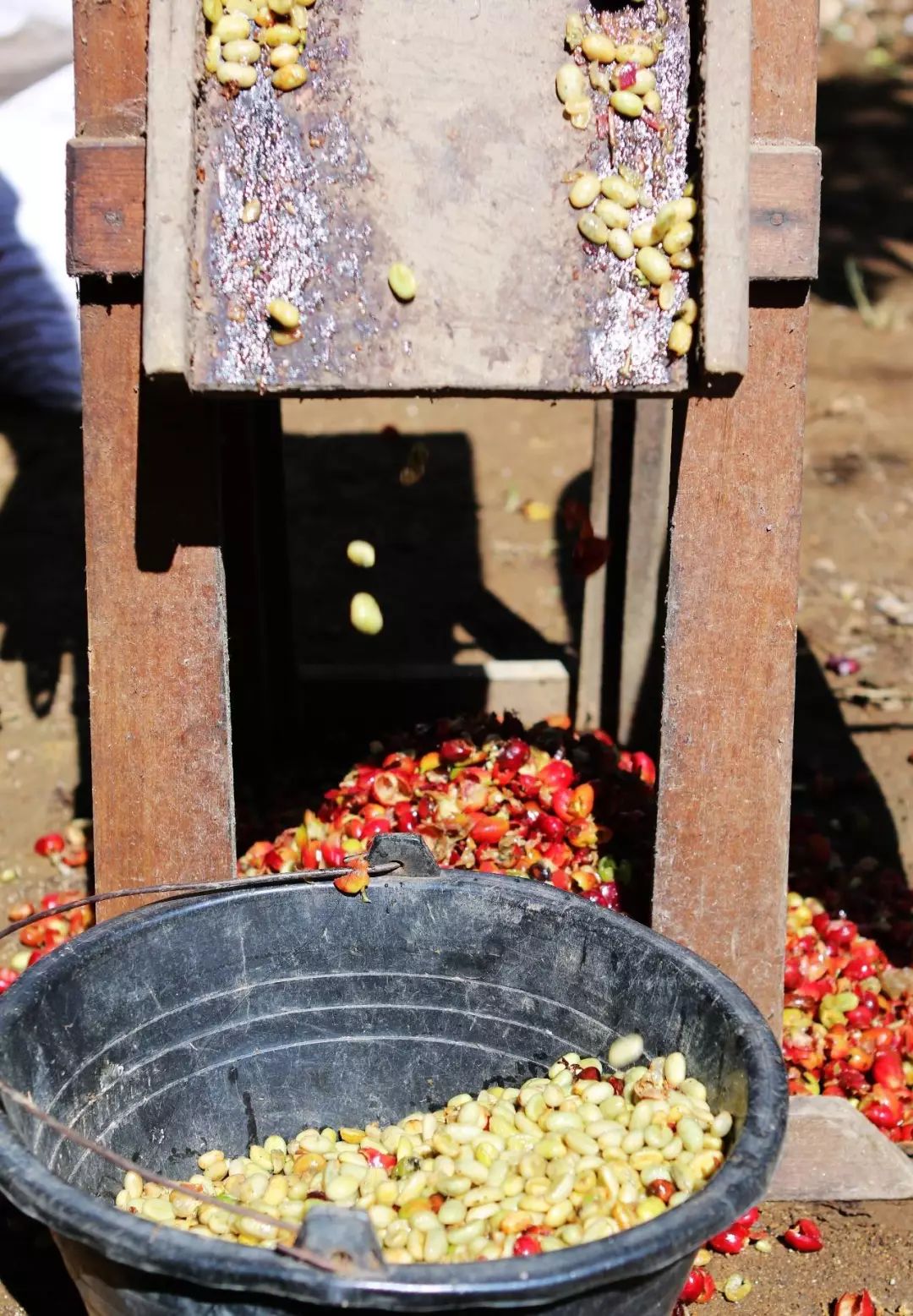
The endocarp of washed, honey-treated or sun-dried beans is retained until the final bean body is dehydrated and hardened, and the moisture content is reduced to 12%, or sealed and stored in storage for 1-3 months before grinding off.
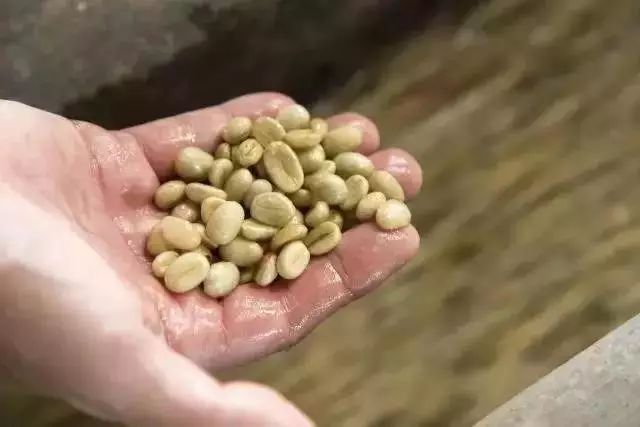
However, the wet planing method takes off the endocarp when the bean body is wet and soft, and the moisture content is as high as 30-35%, so that the surface of the raw bean is directly exposed, and then continue to dry. This is because Sumatra has a humid climate and a method developed according to local conditions to speed up drying. The drying time is shortened, the fermentation period of coffee beans is shortened, the sour taste is greatly reduced, the alcohol thickness is increased, and the caramel and fruit aromas are obvious, with slightly woody and herbal flavors, which is Mantenin's unique "regional flavor".

"peeling and tanning."
The quality of the sun-drying method is difficult to control, while the water-washing method consumes a lot of water, with an average of 10-20 tons of water per ton of coffee fruit to produce about 200 kilograms of coffee beans, which countries with poor water resources cannot afford. In the 1990s, taking advantage of the unique dry climate, Brazil invented the peeling and tanning method (pulped natural).
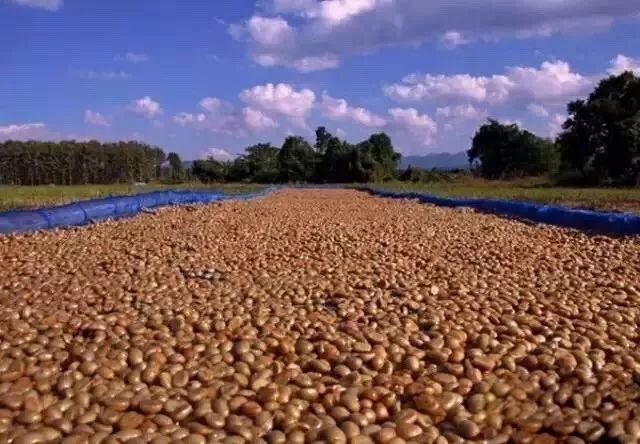
After many improvements, according to the version of Dr. Dr. Ernesto Illy, the process of peeling and sunbathing is as follows: the defective floating fruit of coffee fruit is removed through the sink, then the peel, pulp and part of the colloid layer are removed, and then washed for an hour. Because the immersion fermentation time is very short, the pectin is not easy to wash off, and there is still pectin left on the bean shell. At this time, the shell beans are spread in the exposure field to dry. It is best to use an African viaduct with good permeability.
"honey treatment"
After Brazil's peeling and tanning method was spread to Central American countries such as Costa Rica and El Salvador, it was modified to be called honey treatment.
Honey treatment process: the process of making raw beans by sun-drying with mucous membrane. After the outer pulp of the coffee bean is removed, there will be a layer of sticky jelly. In the traditional washing method, it will be washed away with clean water, but because of the water resources limitations of some high-altitude areas, this method of drying directly with pectin has been born.
Honey-treated coffee has higher sweetness, higher sugar content and higher alcohol thickness than washed coffee. (only if the same baking degree is compared)
According to the thickness of pectin planing, the length of sunshine time (or drying thickness), and the frequency of turning when drying, honey treatment can be divided into black honey, red honey, orange honey, yellow honey and white honey.

According to the thickness of the pectin:
Black honey: hardly removes pectin, so it takes the longest time to dry and lasts for more than 14 days. In order to avoid drying too fast, cover will be used to block too strong sunlight to make sugar conversion more fully.
Red honey: remove 25% pectin (the specific methods of each manor vary), the sun lasts for about 12 days, and shading sheds may also be used in the process.
Yellow honey: remove 40% pectin and receive maximum light drying for about 8 days.
Some producing areas and estates are distinguished according to the drying thickness and the number of turns, such as yellow honey and white honey, both retain 20-30% pectin:
Yellow honey: thick layer drying, less turning times, long drying time
White honey: thin layer drying, more turning times, short drying time.
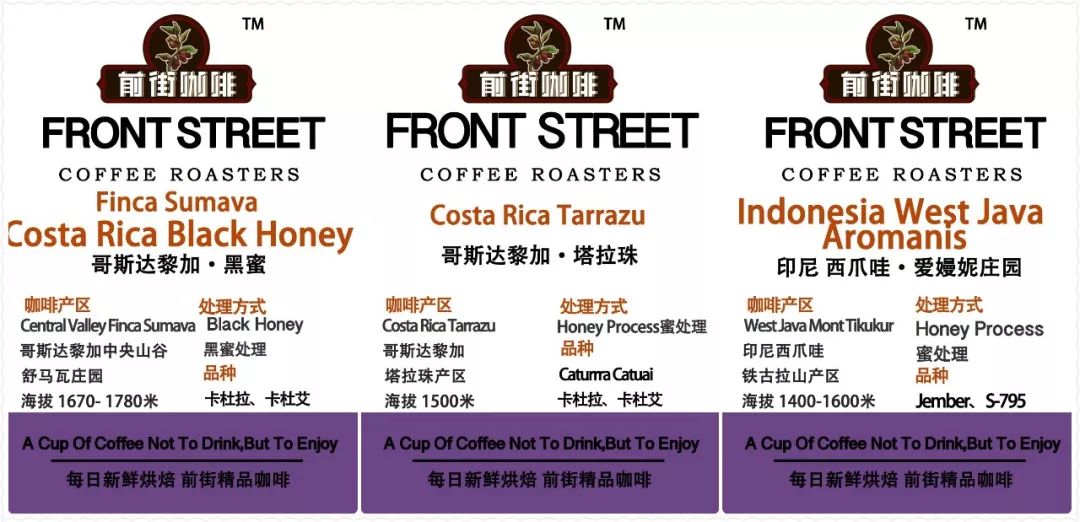
With the pursuit of more extreme coffee flavor in the coffee market, many experienced and capable practitioners begin to make higher quality coffee beans and show the possibility of coffee flavor by manipulating the details of the honey processing process.
For example, the timing of picking red coffee fruit is determined by instruments such as sugar meter. Coffee with the same maturity will taste cleaner, while sweeter red fruits will increase the sweetness of the coffee, and more mature fruits will increase the fermented aroma.
Honey treatment not only retains the cleanliness of water washing, although it is not as bright as water washing, but increases sweetness and caramel taste.
Important Notice :
前街咖啡 FrontStreet Coffee has moved to new addredd:
FrontStreet Coffee Address: 315,Donghua East Road,GuangZhou
Tel:020 38364473
- Prev
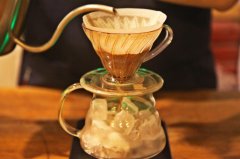
Analysis of Coffee training Market in China how much does coffee training course cost and how to choose coffee training class
Professional coffee knowledge exchange more coffee bean information please follow the coffee workshop (Wechat official account cafe_style) what is the current market for basic coffee training? First: vocational training schools that started earlier (large scale, many majors) characteristics: before 2016, domestic coffee training institutions started relatively early, the teaching quality is very poor, teaching students to draw flowers with detergent sauce
- Next

How to make espresso? The practice of Italian espresso creative coffee
Professional coffee knowledge exchange more coffee bean information please follow the coffee workshop (Wechat official account cafe_style) to make delicious espresso prepared espresso machine, fine grinding of deep city roasted coffee beans 18g (double) 1. Coffee powder is filled in a powder cup. Fine espresso is filled with coffee powder in a powder cup. Coffee powder for single espresso is 8.
Related
- What is the meaning of lactic acid fermentation with coffee bean treatment?
- How to judge the state of foam by sound?
- How does the latte pull out the unicorn pattern? Come to get for a little trick to improve the flower pull!
- Will flower pulling affect the taste of the latte?
- Do you know the history of coffee?
- The difference between honey treatment and sun washing what is raisin honey treatment?
- What kind of milk can a novice use to make coffee foam to keep the foam longer? The correct method and skills of milking tutorial sharing
- Why do washed coffee beans taste sour? Flavor characteristics of washed Coffee
- Introduction to the skill of how to practice the size and height of water injection around the circle of hand-brewed coffee
- How do beginners practice coffee flower drawing from scratch?

